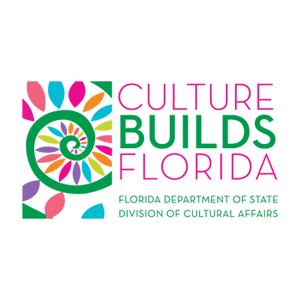Remembrance Events

International Holocaust Remembrance Day

Yom HaShoah
Yom Hashoah was inaugurated in 1953 as a day for the citizens of Israel to remember those murdered during the Holocaust. It is scheduled in the Jewish calendar on the 27th of Nisan, which falls in April or May. It marks the beginning of the Warsaw Ghetto Uprising of 1943 when Jews learned the Germans planned to deport all the people who remained in the Warsaw ghetto to Treblinka. A group of mostly young people formed an organized resistance. The leader of the resistance Mordecai Anielewicz issued a proclamation calling for the Jewish people to resist going to the railroad cars. Finally, in a desperate last stand, the remaining Jewish inhabitants of the walled-in enclave began a hopeless month-long battle against the Nazis. It was the first time during the war that resistance fighters in an area under German control had staged an uprising. It would end in the complete destruction of the ghetto.
All in all, several thousand Jews had been buried in the debris, and more than 56,000 had been captured. About 30,000 of them were either immediately shot or transported to death camps. The remainder were sent to labor camps. Anielewicz said shortly before his death. “My life’s dream has been realized,” he said. “I have lived to see Jewish defense in the ghetto rally its greatness and glory.”
Yom Hashoah may seem similar to International Holocaust Remembrance Day, but they are two distinct events. Yom HaShoah is the Jewish community’s day for internal reflection. It provides an opportunity to educate children; to unite in passing on the torch of remembrance; to honor the victims of the Holocaust, and to recognize the achievements of its survivors and refugees who have given so much to our society.





